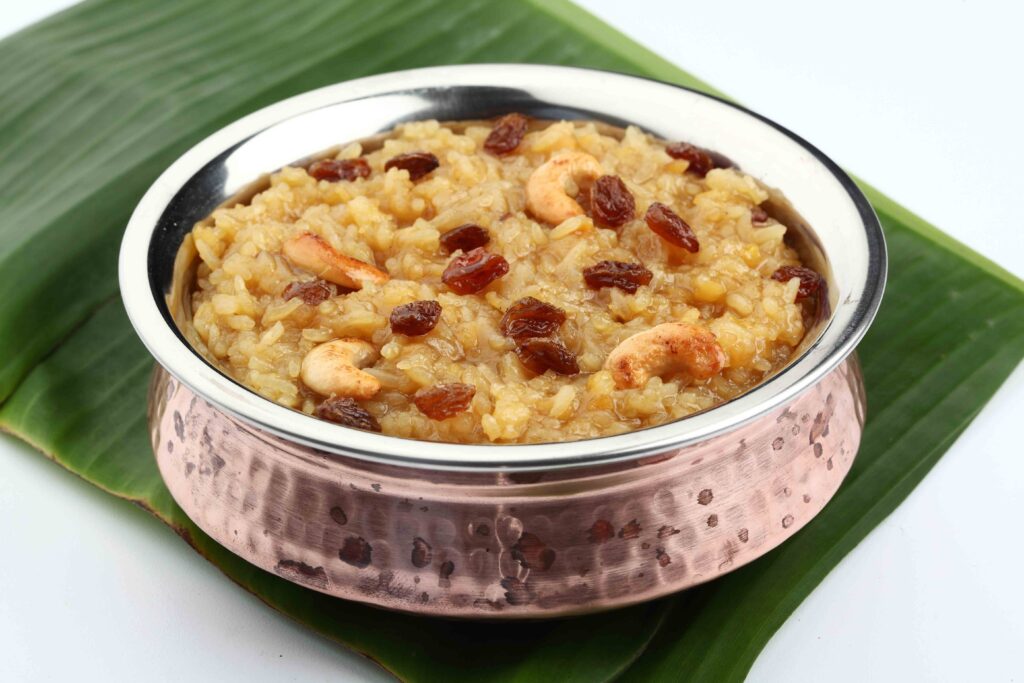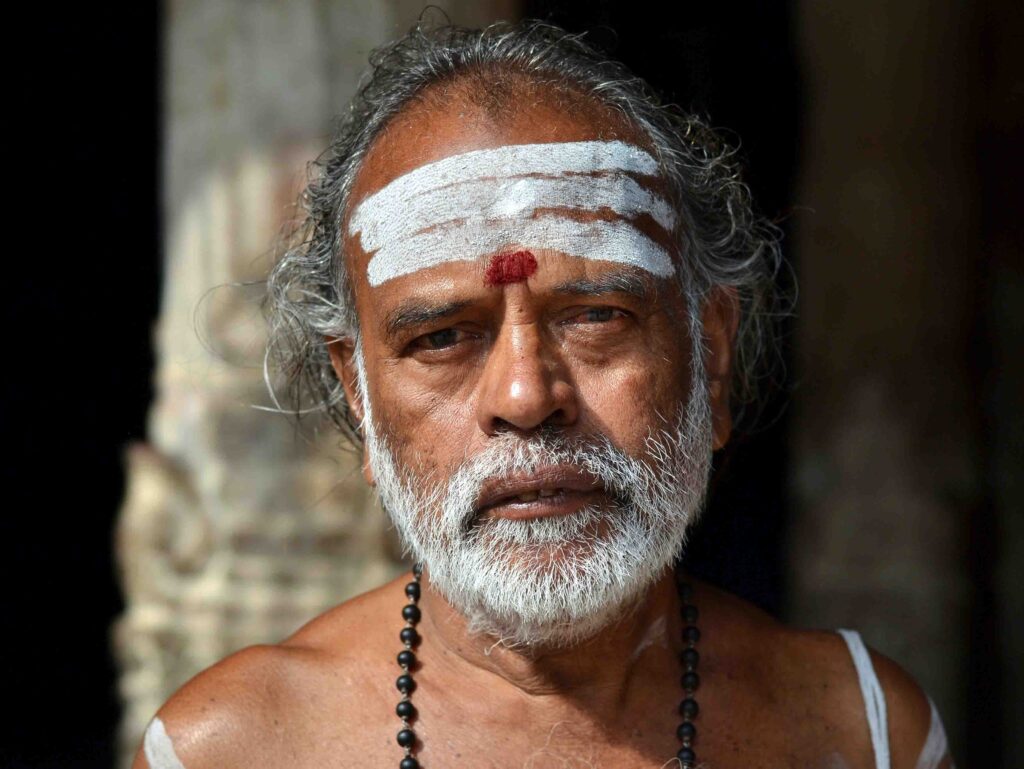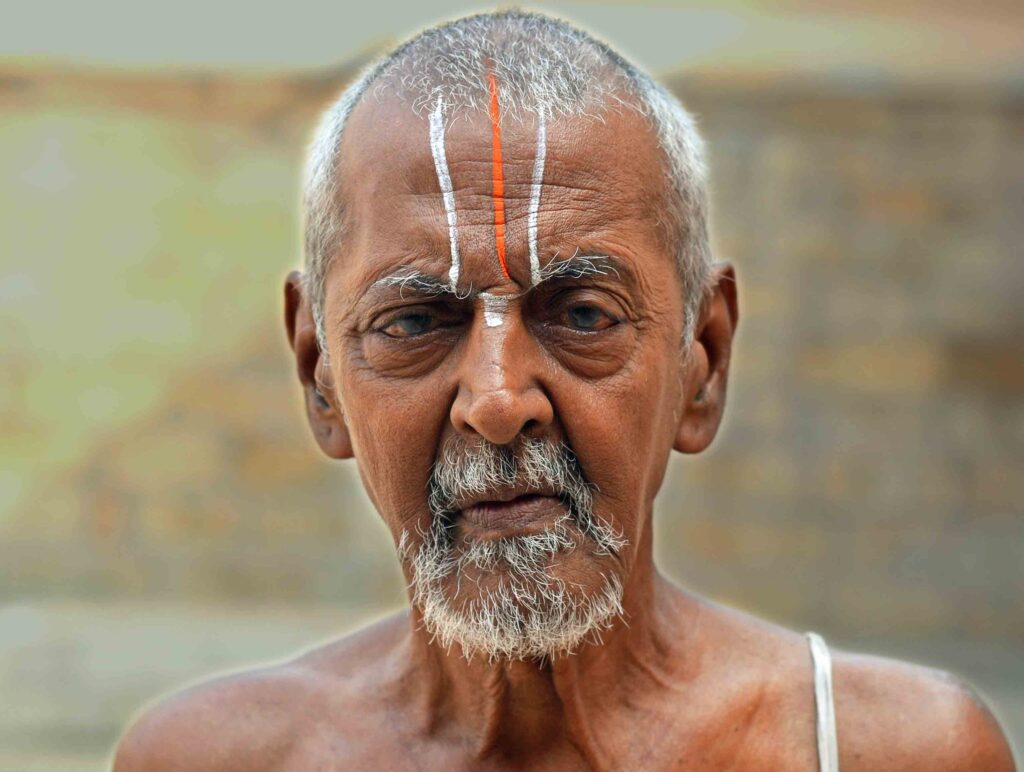The face-off between the two South Indian Brahmin communities is quite lored and loved over decades, writes Nagesh Alai
The other day at dinner, an Iyengar friend of mine asked me if I have tasted the award winning German beer, Ayinger. I had not. So that was an opening for him to tell me condescendingly: “Listen, buddy, the Iyengar you drink, the Iyer you go”. I could not resist responding with the repartee, “Iyengar you are, but Iyer you need to grow”.
The Iyer v/s Iyengar (both South Indian Brahmin communities ) face-offs are quite lored and loved over decades. As I indite my thoughts today, on the 11th August, the auspicious day of Gokulashtami (called Janmashtami too) celebrated the world over by the Hindus, I cannot but help point out that the Iyengars will be celebrating it on 12th August. If you ask an Iyer why, she or he might dismissively say: “Oh, they have to be different’ or pejoratively say: “don’t you know, they are god’s gift to mankind”. Or a gossipy Iyermami may add mirch to masala and say: “Attukkummattukumrendu kombu, Iyengarukkumoonu kombu.” To translate, it means a goat and a cow have two horns, an Iyengar has three horns – to signify their ‘exalted’ state of perception.
Shiva and Vishnu
For the non-cognoscenti, to fast forward the old genesis, Iyers are essentially Shaivites and follow Adi Shankaracharya (an 8th century legendary theologian and philosopher saint ) who revived the then-under-threat Hinduism by peregrinating across India and establishing the four mutts in the four zones besides founding the much respected Advaita philosophy (non-duality or unity of ‘Atman’ and ‘Brahman’). Iyengars are essentially Vaishnavites and follow Ramanujacharya (a 11th century and much revered theologian and philosopher saint) who established Vishishtadvaita philosophy (plurality and distinction between ‘Atman’ and ‘Brahman’ ). He disagreed with the non-dualistic Advaita philosophy and founded his own school of thought. He himself was an ardent devotee of Vishnu and believed and propounded Maha Vishnu ( orMaha Perumal, as Iyengars would address ) as the Supreme reality.
In a related context, Iyers repose much faith in the 63 Nayanmargal or Nayanars (poet saints who lived between the 6th and the 8th century) who were followers of Shiva and had achieved moksha. Similarly, the Iyengars repose much faith in the 12 Azhvaars or Alvaars (poet saints of similar vintage) who were followers of Vishnu and had achieved moksha. Both Nayanmargal and Azhvaars were instrumental in the Bhakti movement and espoused complete devotion or bhakti as a road to realising the Self.
While both Iyers and Iyengars believe in ‘kaashiyatrai’ (pilgrimage to Kashi/Varanasi), Iyers regard Rameshwaram (one of the 12 Jyotirlingams in India) and the famed Ramanathaswamy (Shiva) temple as a must-visit pilgrimage while Iyengars regard Srirangam and the famed Ranganathaswamy (Vishnu) temple as a must-do pilgrimage.
How you say?
Etymologically, the term Iyer could have been derived from the work ‘aiyaa’, a Tamizh word of respectability, amongst other meanings like elder brother, etc. It could have also had its source from the Sanskrit word ‘arya’ which means noble. The term Iyengar could have had its source, besides the above, also from the suffix of the word ‘garu’ (a Telugu word denoting respectability and elder. So, ‘ayya-garu’could have over time got colloqiualised as Iyengar.
Iyers have ‘vadamas’ to denote those from the north, while Iyengars have ‘vadagalai’ and ‘thengalai’ to denote those from north and south respectively. The difference is essentially the preference of the vadamas/vadagalais (from the north) to Sanskrit and Vedas while the thengalais have primary allegiance to the local Tamizh language and the hymns of the nayanmargal/azhvaars. It is interesting to note here that between vadagalai and thengalaiIyengars also, there have been simmering differences over centuries like what should the shape of the namam (more of that later ) – should it be U-shaped or V/Y-shaped – that is put on the ceremonial temple elephants. Suffice it to say, there have been court cases running into decades over this matter. Perhaps, the courts are also awaiting the divine oracle to settle this! Not surprisingly, in the past, alliances between vadagalais and thengalais were taboo, and continue to be so to some extent even today.
Famous as India is for its myriad cultures, castes and communities and the inevitable concomitant jokes, both Iyers and Iyengars are quite often referred to as TamBrahms collectively by many across India and of course as ‘illads’ by our North Indian brethren. Trust the North Indians ‘not’ to do it. Everything goes. But, yes, it is universally accepted and evidenced that many, if not most, of the Iyers and Iyengars are highly qualified and very erudite, making a mark in their chosen fields, be it finance, law, economics, public policy, business, medicine, engineering or what have you. No Ivy league colleges overseas or the premier IIT/IIM institutions in India will have TamBrahms missing from their rosters – both men and women. If there is a flagbearer Iyer business group in Amalgamations Group, there is the reputed TVS Group in the Iyengar fold. If there is an Ariyakudi Iyengar, there is a Madurai Mani Iyer in Carnatic music. The music world is lorded over by the Iyers and Iyengars quite extensively. If Bollywood world has a Hema Malini and a Vyjayantimala as famed Iyengar actors, the Kollywood world has a Kamal Haasan and a Madhavan as famed Iyer actors. At least they can sing and dance in unison, thanks to Lord Shiva and Maha Vishnu.

The stripes have it
To reconnect with the lighter vein of this article, the Iyers and Iyengars are perhaps horizontally and vertically challenged respectively. An Iyer applies a 3-line vibhuti (ash or bhasma) across his forehead while an Iyengar dons a U- or Y/V-shaped namam (of sandalwood paste and crimson line) vertically on his forehead. If a vertical and a horizontal line intersect, it should be a plus or a multiple, but not in the case of an Iyer and Iyengar; they would rather be cross and unequal!
An Iyer lady would apply a round tikka (red and/or yellow dot) on her forehead while an Iyengar lady will have a blue vertical line (symbolising the blue colour of Vishnu/Krishna). If the Iyer lady is right, then the Iyengar lady has to be left. An Iyer lady will have her saree or the 9-yard ‘madisar’ pallu draped over her right shoulder whereas the Iyengar lady will have it draped over her left shoulder. After all, the right feels left is wrong and the left feels there is no right!

Lest I forget, Iyer women will have their kondai (hair curled into a ball) right at the centre of the back of the head, while an Iyengar will have ‘the andalkondai’ off centre to the right and slightly to the front. Mercifully, both Iyer and Iyengar men’s traditional dress is veshti (white dhoti) and angavastram (white dupatta type cloth) draped round the neck/over the shoulders.
While Iyers are ascetic and restrained generally (Shiva is ascetic with bear essentials), Iyengars are loud and colourful (Vishnu or Krishna are always depicted as well attired and bejewelled). Shiva is seen as ‘abhishekapriya’ while Vishnu is seen as ‘alangarapriya’. That would explain why Shiva temples are shorn of adornments while in all Vaishnavite temples,Vishnu is draped with colourful clothes and jewels. Iyers are more seen as being receptive and inclusive of outsiders while Iyengars can be restrictive and reserved. Iyers believe in and pray to all gods including Vishnu and will visit all temples whereas Iyengars pray only to Perumal (Vishnu) and will not enter Shiva temples.
Iyers name their children after Vishnu as well, besides Shiva, while Iyengars will not name their children after Shiva. I recall an Iyer friend, who wanted to learn Carnatic music at Shanmukhananda Hall in Mumbai being asked by an Iyengar officebearer if he was an Iyengar – simply because my friend is named Srinivasan, his son Vijayaraghavan and his father Soundararajan; all Iyengar names. Not surprising that! Talking of faith, the writer is an Iyer, but his kuladeivatamis Lord Venkatachalapathy (Vishnu) residing in the well-known Taanthoni (swayambhu) Malai Temple in Karur. Catch an Iyengar having a Shiva temple as kuladeivatam!
In the past, a marriage proposal between an Iyer and Iyengar would be a no-no and scorned at, resulting in a mini family war. Fortunately, those feelings are by and large not extant today, given the propensity of the younger generation to inter-caste and inter-faith marriages.
To end the article on a delectable note – an Iyer husband requested his Iyengar wife to organise for rasamsaadam, poriyal and thayirsaadam.She volunteered and happily served him saathumudhu, karimedhu and daddojanam. Confused? It turns out that the Iyer terminologies and their respective Iyengar terminologies for these food items mean exactly the same thing – rasam rice, curry and curd rice! The last I heard of the couple, they were busy confusing each other with their choice of cuisine words and trying to draw a line somewhere between samayal and thaligai (both meaning cooking/food ) – vertical or horizontal. Shiva Shiva, Narayana, Narayana!
I am sure that before long, the I’err’ and the I’anger’ will fuse into calm and cool and there will be no ‘You Iyer, Me Iyengar’. After all, Sakkaraipongal (a sweet delicacy) tastes as sweet when called Akkaravadisal.

This article is in arrangement with seniorstoday.in





